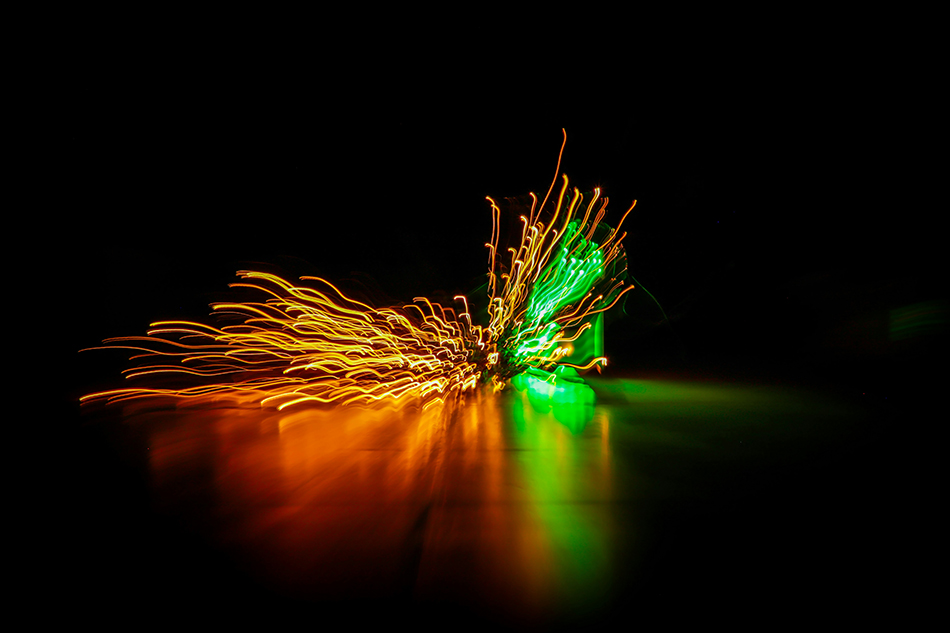Time:2025-06-03
The lighting industry continues to evolve, driven by demands for adaptability, energy efficiency, and aesthetic versatility. Flex neon light has emerged as a revolutionary technology, offering a blend of durability, design flexibility, and dynamic illumination that traditional lighting systems cannot match. From architectural marvels to interactive art installations, this lighting solution is reshaping how industries approach both functional and decorative lighting challenges.
Technical Foundations of Flex Neon Light
At the heart of flex neon light lies a fusion of advanced materials and LED innovation:
Flexible Silicone or PVC Tubing: Encases high-density LED arrays, providing bendable, cuttable designs that conform to curves, angles, and complex geometries.
Uniform Light Diffusion: Engineered diffusers eliminate hotspots, delivering smooth, consistent illumination ideal for both ambient and task lighting.
Weather and Impact Resistance: UV-stabilized and waterproof variants withstand harsh environments, including outdoor installations exposed to rain, snow, or extreme temperatures.
Smart Control Compatibility: Integration with DMX controllers, mobile apps, and IoT ecosystems enables real-time adjustments to color, brightness, and dynamic effects like fading or strobing.

Versatile Applications in Modern Industries
Retail and Commercial Spaces
Flex neon light transforms retail environments by guiding customer flow, highlighting merchandise, and reinforcing brand identity. Customizable color schemes adapt to seasonal promotions or time-of-day themes, enhancing engagement and sales.
Healthcare and Wellness Environments
Clinics and wellness centers utilize soft, tunable lighting to create calming atmospheres in waiting areas or treatment rooms. Circadian rhythm-aligned systems promote patient recovery by simulating natural light transitions.
Public Art and Urban Design
Cities deploy flex neon light in interactive installations, such as light-reactive pavements or bridges that respond to pedestrian movement. These projects foster community interaction while showcasing technological creativity.
Educational and Institutional Facilities
Schools and museums integrate flex neon light into interactive exhibits or wayfinding systems. Durable, low-voltage designs ensure safety in high-traffic areas while supporting immersive learning environments.
Residential and Hospitality Design
Homeowners and interior designers use flex neon light for under-cabinet kitchen lighting, accent walls, or outdoor pergolas. Hotels leverage dynamic lighting to transition lobbies from daytime professionalism to evening elegance.
Advantages Over Traditional Neon and Rigid Lighting
Unmatched Flexibility: Bendable and cut-to-length designs enable installations on curved surfaces, tight corners, or irregular shapes, overcoming limitations of rigid fixtures.
Energy Efficiency: LED technology reduces power consumption by up to 80% compared to traditional neon or incandescent systems, lowering operational costs.
Durability: Shatterproof silicone or PVC resists physical impacts and environmental stressors, ensuring longevity in high-traffic or outdoor settings.
Silent Operation: No humming or buzzing, making it ideal for noise-sensitive venues like theaters, offices, or meditation spaces.
Best Practices for Installation and Maintenance
Surface Preparation: Clean and dry mounting surfaces to ensure adhesion, especially in humid or outdoor environments.
Modular Design Planning: Divide large installations into manageable segments with accessible connection points for easier troubleshooting.
Environmental Adaptation: Use waterproof connectors and UV-resistant tubing for outdoor projects; opt for fire-rated materials in commercial buildings.
Routine Inspections: Check for debris accumulation, connector integrity, and color consistency, particularly after extreme weather events.
Future Trends in Flexible Lighting Technology
Self-Healing Materials: Development of tubing that autonomously repairs minor scratches or abrasions, extending product lifespan.
AI-Driven Personalization: Systems that learn user preferences to auto-generate lighting scenes for homes, stores, or public spaces.
Sustainable Manufacturing: Recyclable and biodegradable materials that maintain performance while reducing environmental impact.
Haptic and Motion Integration: Lighting that responds to touch, gestures, or biometric data, enabling interactive experiences in retail or healthcare.
Conclusion
Flex neon light represents a transformative leap in lighting technology, offering unparalleled versatility for modern design and functional challenges. Its ability to merge aesthetics with practicality—whether enhancing retail engagement, supporting patient well-being, or revitalizing urban landscapes—positions it as an indispensable tool for architects, designers, and engineers.
As industries increasingly prioritize sustainability, smart technology, and user-centric design, flex neon light will continue to illuminate innovative pathways, proving that the future of lighting is not just bright but brilliantly adaptable.